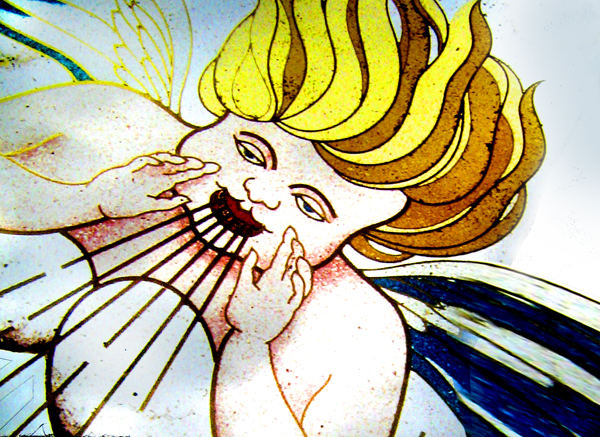Search
Recent comments
- waste of euros....
11 min 58 sec ago - macron l'idiot....
1 hour 56 min ago - pomp and charity....
2 hours 6 min ago - overshoot days....
2 hours 23 min ago - "americamaidan"
2 hours 36 min ago - australia sux....
2 hours 47 min ago - the little children....
2 hours 51 min ago - delayed food....
10 hours 42 min ago - free expression....
11 hours 4 min ago - macrolympicus....
12 hours 34 min ago
Democracy Links
Member's Off-site Blogs
allergic to global warming...

Weather pushes allergy and asthma miseries to new level
As one of the hottest summers ever recorded drew to a close, Jay Portnoy watched patients stream into Children’s Mercy Hospital and Clinics in Kansas City, Mo., coughing and wheezing with asthma, 20 admissions per day for the week that started with Labor Day, he said.
They were coming in from what Portnoy, chief of the hospital’s allergy, asthma and immunology section, called a perfect storm — hot, dry air; low humidity; trees and plants that bloomed early; months of high pollen counts. An allergy bomb targeting the face and lungs.
“This past spring, people were having really bad eye problems” that physicians in his part of the country do not see that early, Portnoy said. “Usually it’s nasal, but now it’s the eyes.” Asthma cases normally show up at the end of September, he said.
Allergists are seeing illnesses earlier in the season after the third warmest summer on record in the Lower 48. Several studies have shown that the allergy season has grown longer because of global warming. At the end of this summer, allergists say they expect to have data to prove it is having a severe impact on the public.
Although emergency rooms are hopping and doctors are busy, they do not have hard data to show increased sickness from allergies is linked to the warming climate. No one has done a study to show that, said several state health officials and the directors of professional organizations.
But Portnoy is convinced that something weird is happening. “It’s been a secular trend, gradually getting worse,” he said.
“This year it all came together, warm in the winter, all the plants started producing their pollen,” Portnoy said. “My guess is probably it was a worse year than other years . . .because it was a perfect storm of hot, dry, low humidity.”
In the Washington area, pollen from elm trees spiked a month early, at the end of February and the beginning of March, and held at high levels through April, said Susan Kosisky of the Army Centralized Allergen Extract Lab.
That was followed by a variety of other trees blasting pollen well into May. The air was already full of pollen when grasses released another fusillade that peaked in June. Next up, ragweed.
- By Gus Leonisky at 16 Sep 2012 - 5:39pm
- Gus Leonisky's blog
- Login or register to post comments
pollen change due to co2 increase...
Pollen levels are rising across Europe
From Reykjavik to Thessaloniki, pollen levels are on the increase. A team of researchers headed by Prof. Annette Menzel at the Technische Universitaet Muenchen reports that pollen counts have already risen across Europe in recent years. Their findings are based on an analysis of pollen time series in 13 countries (PLoS ONE).This trend is more pronounced in urban areas, where pollen counts are rising by an average of around three percent per year compared with one percent per year in rural areas. And the scientists believe that climate change will strengthen this trend.
When trees and plants release their pollen, millions of hay fever sufferers are affected by sneezing fits and itchy, watery eyes. Today in Germany, roughly every fourth person suffers from allergies and this figure is set to rise. Climate change is seen as one of the factors fuelling the increase in allergic responses. Lab experiments and a small number of open-air studies have shown that increased concentrations of carbon dioxide (CO2) in the air can boost plant growth and subsequently pollen production. Warmer temperatures and invasive species are also leading to longer pollen seasons.
An international team of researchers headed by ecoclimatologist Prof. Annette Menzel at the Technische Universitaet Muenchen (TUM) has revealed just how much the pollen burden has increased across Europe. The team of scientists evaluated 1,221 long-term pollen series from thirteen different countries, calculating normalized trends of annual pollen indices over a period of at least ten years. These indices can now be used to compare different key allergenic pollen species from different climates.
The researchers found that the concentration of airborne pollens has risen particularly sharply in cities in recent years. In urban areas across Europe, pollen concentration has risen by an average of three percent per year. In rural areas, they recorded a rise of one percent per annum. An increase in CO2 concentration is the most probable cause for the rise in pollen levels.
http://www.halallergy.it/notizie/pollen-levels-are-rising-across-europe/